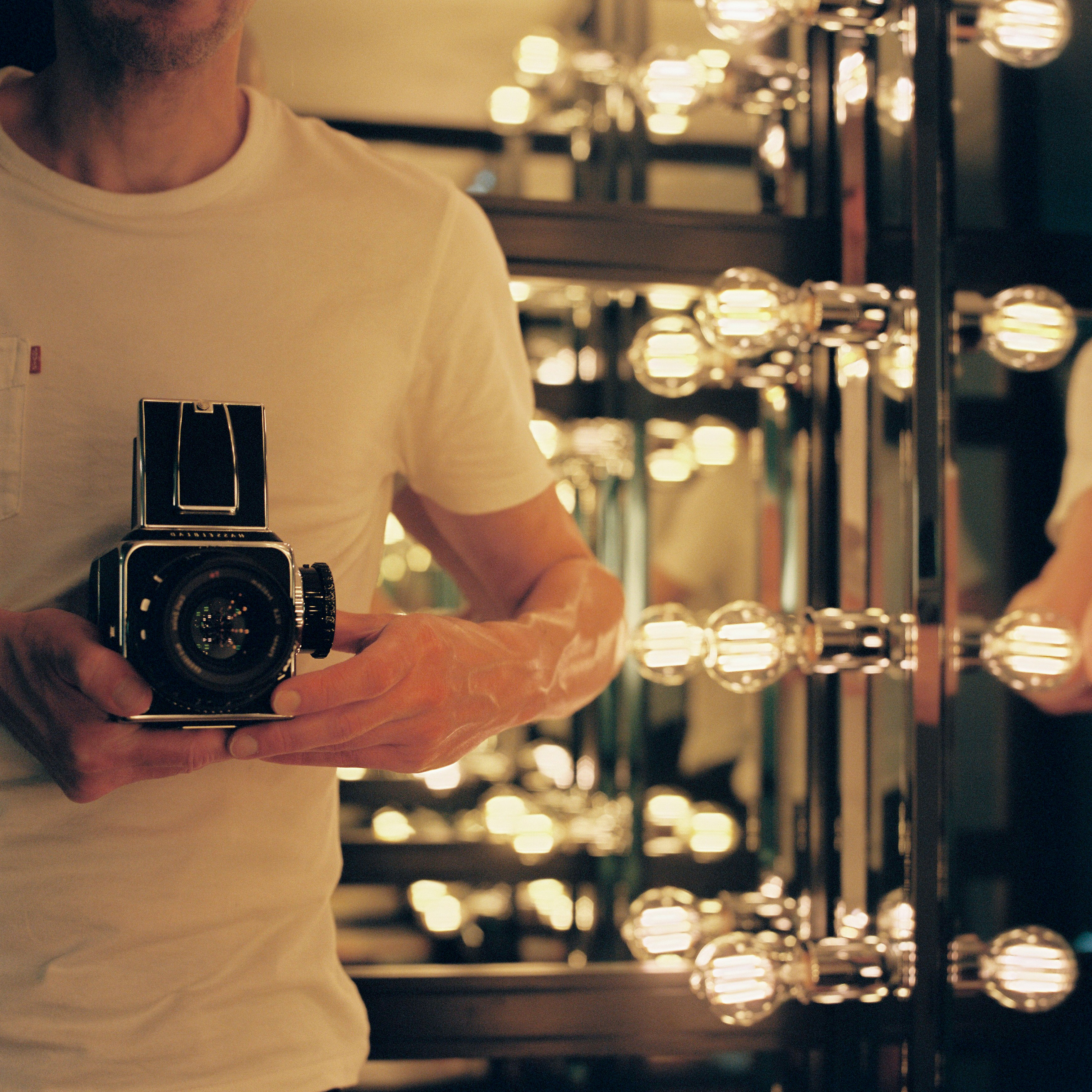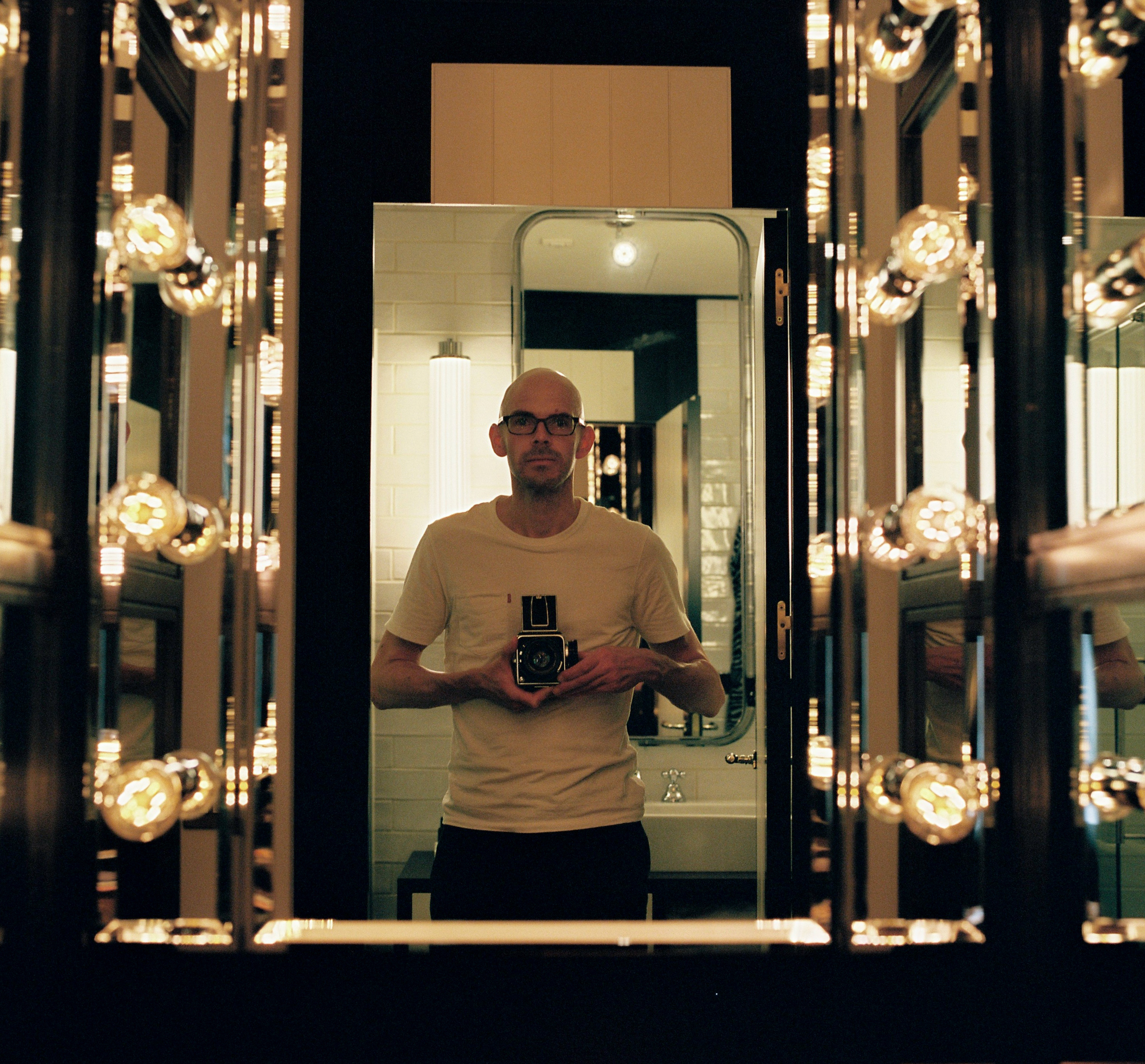Innovation in IBM's Emerging Technology Jan 2017
The last thing anyone wants to read is another “10 tips on how to be innovative”. People or groups that genuinely are creative, inspiring or innovative rarely make that claim of themselves. They don’t need to. That being said, I’m part of a team in IBM called Emerging Technology and we do run innovation workshops with colleagues, partners and clients. I draw the line at brainstorming and I’ve only ever uttered the word “ideation” sarcastically. So this is hard for me, but I’m going to write about innovation and explain the little things that have worked for us. I don’t think there’s a magic formula, but this is our experience. Please don’t throw up.
Breakfast, Lunch and Tea
People are most important. But innovation doesn’t always come from crazy individuals with messy hair (or any hair). It comes from having a mixture of backgrounds, skills, experiences, genders and races.
I took the default computer science route into IT, but we find combining that with someone who knows medieval history, a submariner and a person who monitored insect swarming patterns (for years, in the the desert, and then thought he might try his luck with computers), works best. A good idea is rarely new. It’s often taking an existing idea or pattern from one area and applying it somewhere else. Diversity increases the chance for this to happen.
The worst way to do innovation is to go try and do it. A better way is to do something else but allow an opening for ideas. IBM started a ‘Think Friday’ initiative, like like Google’s 20% time. It inspired us to start ‘Eat Friday’ and as a team meet for a fried breakfast once a month at Hursley’s clubhouse. 15 years later and we’re still meeting for breakfast. It’s completely informal. We talk, sometimes about work, sometimes not. Sometimes ideas come up, sometimes they don’t. It doesn’t matter, you get breakfast anyway and it leaves room for an idea or a project connection to come up. We do the same by going lunch together. However busy people are, a group of us have formed the habit of stopping for an hour every day and eating together.
We often get asked about our innovation space, you know, where we have a VW camper van and a slide from upstairs? We don’t have that. We do have a kitchen with a hot water tap. People don’t always feel like coming up with ideas, but they do always feel like a brew and a chat. If there’s one improvement we’ve made over recent years in how we do innovation, the tap would be it.
Giving people an excuse to meet and chat does generate random ideas, but we do sometimes need to be more directed in what we’re working towards and that is is where we do make use of some tools and techniques.
Design Thinking
Ideas need constraints. “Go innovate!” is one of the worst directions you can receive. It gives you nothing to push off against. In Emerging Technology we work best when we have a real problem and tight constraints. “We need to do x, but only have y budget and can only use technology z”. That is the sort of statement you can use. The constraints give bounds and a focus to come up with ideas. It’s important that the problem is real. A fictional scenario, however well prepared, tends to fall apart when used. An advantage our group has is that we spend time with clients and get to experience their problems and constraints for real. Don’t work in a vacuum.
Design Thinking is a process oriented around real problems and real users. It is something we fall back on in solving problems and a process we work through with clients. We can’t normally solve problems on our own, they require deep subject knowledge that only people experiencing the problem will have. Running Design Thinking workshops gives us a framework to get to the juicy bits quickly, without a pre-existing relationship with a client. It provides a shared understanding of the problem and its context. Tackling a problem with a client, rather than for them, also smooths the transition between idea and implementation. People tend to be much more invested in ideas that they formed.
Making Stuff
Lots of organisations do innovation. What I like about working in Emerging Technology is that for most of us, an idea alone is not what we’re particularly interested in. We like to build things. The only way to really work an idea through is to build it. Consultants can talk innovation, but it’s not real until it’s real. We find that it’s only through building that we uncover the hidden problems and constraints and new ideas that we’d not otherwise have thought of.
Building is not free, but we’ve gained experience in making things at the right level. For some projects a storyboard or paper prototype is enough. Other times we’ll build proof of concepts or full prototypes. Occasionally we’ll even take something to a version 1 production system. The team has the skills and experience to do this.
A problem of working with emerging (or possibly all) technology is that it can absorb limitless amounts of time. One way we mitigate this is with Hackdays. These takes place over a bounded period, usually one or two days. We often have a theme, technology, API, or data set that we organise around. The only requirement of the Hackday is that you have to be able to present what you’ve done at the end.
Hackday workshops are another route we have to working with client teams. These sessions can be useful when a team is a bit further along than for a Design Thinking workshop, but still needs some help. It can be hugely rewarding to have a tangible output from the session and we’ve found they can power projects forwards. Sometimes we combine Design Thinking with a Hackday into a two day workshop, allowing for both design and prototyping of an idea.
Patterns and Imitation
Looking for patterns and ideas from one field and applying to another can work. What is the Uber of exercise? How does Serverless apply to big data? Lots of good ideas are really reapplications of existing things - it’s spotting the opportunity that can be difficult. Trying to do this all the time makes you more likely to spot the problem or interesting pattern that nobody else has. Like any exercise, the more you do it, the easier it gets.
Some Things Are Hard
I don’t want to make the mistake of being too positive about what we do. We are not the best at innovation. We have had some good ideas, but we’re not changing the world. There’s a lot we struggle with, things we’re bad at and can’t work out how to fix.
I’ve mentioned diversity several times. For a group in a big technology corporation we’re not bad, but we are a long way from where we could be. We’ve managed to improve the gender and age mix, but the range of our academic and industry background has narrowed, most of the people I now work with are computer science graduates. We have been able to do more intern and PhD recruitment which has balanced this out to some extent, taking students from different specialisms on short term contracts doesn’t have the same business risk as taking someone on full time.
There is a level of self generated pressure within the group to hold your own amongst a set of smart people. That must be hard for people joining, but I hope we look after the newer members of the team. Working for a big corporation we do have individual performance assessments and innovation is one the measurements used. How do you do that? Unfortunately, it tends to fall back to what is easiest to measure, like number of patent submissions. This is not the right answer. There is clearly skill and effort in submitting and being awarded patents, it’s not just a good measure of innovation. I don’t have a good answer to this.
We struggle to measure the impact we have as a team, which isn’t always immediate or visible. For an idea to become successful it’s likely to pass through many hands after our own. We’re not setup to produce, scale and support production systems. We’re not sales people or contract writers, but we have access to those specialists. Once an idea has been though the machine it may only be loosely associated with us. People may not realise we solved the hard problems to make it work and that’s alright, plenty of other people deserve the credit. But how do we measure our impact as a group?
We have tried to get better at publicising the innovation work we do in lieu of an easy metric. Self-promotion doesn’t really come naturally to us - we’d rather be writing code, but it is something we likely need to do more of in the future.
We often come up with potentially good ideas, but sometimes the timing isn’t right, either for us to exploit or for people to see a use for. We can struggle in judging which ideas we should get behind and really invest in and which ones we should kill off quickly. Sometimes we leave things in limbo, not invested in enough to drive forward, but unwilling to completely give up on. This is hard, we have killed stuff off in the past only to see it come back again. Sometimes you just have to wait for people to be ready for things.
Click Below For 10 Tips On How To Be innovative
Innovation for me and the Emerging Technology group is a work in progress. We don’t have all, or even some of, the answers. What we do have is 15 years experience, hard knocks and some successes. How people approach innovation has changed and it’ll continue to do so. I hope we will be able to change with it.
Click below for 10 great innovation tips. No, there are none, but if you would like to work with us or just find out more, get in touch or have a look at some of the projects we’ve worked on. If you take away nothing else know that a cup of tea will get you a long way with us.

